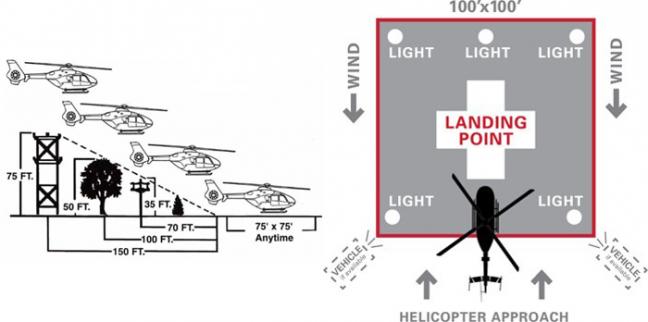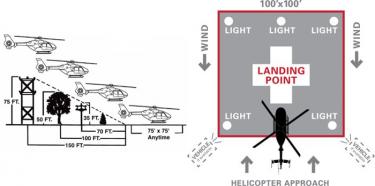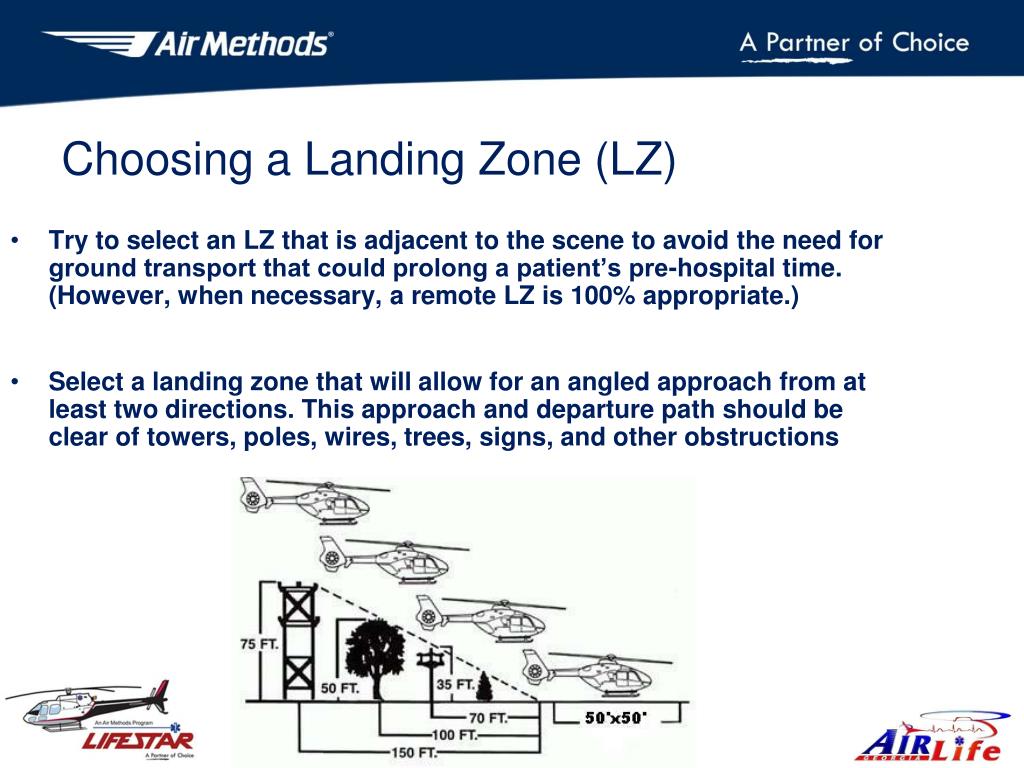What is a Landing Zone Accelerator?
A landing zone accelerator is a comprehensive solution designed to streamline the integration of new technologies and facilitate organizational change in the context of technology implementation. Its primary purpose is to accelerate digital transformation by reducing the time, effort, and resources required to deploy and adopt new systems. By offering pre-built templates, automation capabilities, and robust security controls, a landing zone accelerator enables organizations to establish a solid foundation for their technology investments and ensure a smooth transition for the workforce.
Key Features of a Landing Zone Accelerator
A landing zone accelerator is packed with essential features that contribute to its efficiency and effectiveness in facilitating technology adoption. Some of these key features include:
- Automation: Landing zone accelerators often come with built-in automation capabilities, enabling organizations to streamline repetitive tasks, reduce human error, and accelerate the deployment process.
- Pre-built templates: These templates provide a solid foundation for technology implementation, ensuring consistency and best practices across the organization. They can be customized to meet specific business needs, saving time and resources during the deployment process.
- Security controls: A landing zone accelerator offers robust security features, such as identity and access management, data encryption, and compliance monitoring, to protect sensitive information and ensure regulatory compliance.
By incorporating these features, a landing zone accelerator simplifies the technology implementation process, reduces the learning curve for the workforce, and ensures a secure and compliant environment for digital transformation initiatives.
How a Landing Zone Accelerator Speeds Up Digital Transformation
A landing zone accelerator can significantly expedite digital transformation by reducing the time and effort required to deploy new technologies. By providing a structured and automated approach to technology implementation, organizations can accelerate their digital transformation journey and reap the benefits more quickly. Here are some real-world use cases and their benefits:
- Cloud migrations: Landing zone accelerators can simplify and automate the process of migrating workloads to the cloud, enabling organizations to leverage the scalability, cost savings, and agility of cloud computing more rapidly.
- Containerization: Accelerators can streamline the deployment and management of containerized applications, allowing organizations to take advantage of the benefits of containerization, such as portability, scalability, and consistency, with minimal hassle.
- DevOps transformation: By automating and standardizing the development, testing, and deployment processes, landing zone accelerators can help organizations adopt DevOps practices more efficiently, leading to faster software delivery, improved collaboration, and reduced risk.
These examples demonstrate how a landing zone accelerator can help organizations overcome the traditional barriers to technology adoption and accelerate their digital transformation initiatives, ultimately leading to increased competitiveness, innovation, and growth.
Selecting the Right Landing Zone Accelerator for Your Organization
When choosing a landing zone accelerator, it is crucial to consider several factors to ensure a seamless integration with existing systems, scalability, and alignment with the organization’s strategic goals. Here are some key aspects to keep in mind:
- Compatibility with existing systems: Ensure that the landing zone accelerator is compatible with your current technology landscape, including cloud platforms, on-premises infrastructure, and third-party applications. This compatibility will help minimize disruptions and facilitate a smooth transition.
- Scalability: Select a landing zone accelerator that can scale with your organization’s growth and evolving needs. A scalable solution will enable you to accommodate increasing workloads, users, and data without compromising performance or security.
- Vendor support: Opt for a vendor that offers robust support, training, and maintenance services. A reliable vendor will help you address any issues promptly, ensuring minimal downtime and maintaining the accelerator’s effectiveness over time.
- Alignment with strategic goals and digital transformation roadmap: Ensure that the landing zone accelerator aligns with your organization’s strategic goals and digital transformation roadmap. By selecting a solution that supports your long-term vision, you can maximize its value and contribute to the overall success of your digital transformation initiatives.
By carefully evaluating these factors, you can choose a landing zone accelerator that not only meets your current needs but also anticipates future requirements, ultimately driving efficiency, agility, and innovation across your organization.
Implementing a Landing Zone Accelerator: Best Practices
Implementing a landing zone accelerator requires careful planning, execution, and ongoing monitoring to ensure a successful deployment and adoption. Here are some best practices to follow:
- Conduct a thorough assessment of the organization’s technology landscape: Before implementing a landing zone accelerator, evaluate your current technology infrastructure, applications, and processes. This assessment will help you identify potential integration issues, compatibility concerns, and areas for improvement, enabling you to plan and execute a more effective implementation strategy.
- Engage key stakeholders: Involve relevant stakeholders, such as IT teams, business leaders, and end-users, in the implementation process. By fostering collaboration and open communication, you can ensure that the landing zone accelerator meets the needs of all parties and drives desired outcomes.
- Establish clear communication channels: Clearly communicate the objectives, benefits, and expectations of the landing zone accelerator to all stakeholders. Provide regular updates on the implementation progress, address concerns promptly, and offer training and support to help users adapt to the new technology.
- Monitor and optimize: After implementing the landing zone accelerator, continuously monitor its performance, usage, and impact on your organization’s technology landscape. Regularly review key performance indicators (KPIs) and metrics to evaluate the accelerator’s effectiveness and make data-driven decisions regarding optimization, upgrades, or additional features.
By following these best practices, you can ensure a smooth implementation of your landing zone accelerator, maximize its value, and contribute to your organization’s digital transformation success.
Common Challenges in Landing Zone Accelerator Implementation
Implementing a landing zone accelerator can present several challenges that organizations must address to ensure a successful deployment. Here are some common challenges and strategies for overcoming them:
- Resistance to change: Employees may resist the introduction of a new technology, fearing job loss or the need to learn new skills. To mitigate this resistance, communicate the benefits of the landing zone accelerator, involve users in the decision-making process, and provide training and support to help them adapt to the new system.
- Data migration issues: Transferring data from legacy systems to the landing zone accelerator can be complex and time-consuming. Develop a clear data migration strategy, identify and address potential data quality issues, and use automated tools to streamline the migration process.
- Integration complexities: Integrating the landing zone accelerator with existing systems and applications can be challenging. Collaborate with your technology vendors and service providers to ensure seamless integration, and consider using APIs, middleware, or integration platforms to facilitate data exchange and process coordination.
By anticipating and addressing these challenges, organizations can increase their chances of a successful landing zone accelerator implementation and maximize the benefits of their digital transformation initiatives.
Measuring the Impact of a Landing Zone Accelerator
Measuring the impact of a landing zone accelerator is crucial for understanding its value, optimizing its performance, and making data-driven decisions. Here are some key performance indicators (KPIs) and metrics to track:
- Deployment time: Monitor the time it takes to deploy new technologies or applications using the landing zone accelerator. A shorter deployment time indicates increased efficiency and reduced costs.
- Error rate: Track the number of errors or issues that arise during and after deployment. A lower error rate suggests a more stable and reliable technology environment.
- User adoption and satisfaction: Assess user adoption rates and satisfaction levels to determine the landing zone accelerator’s impact on the workforce. High adoption and satisfaction rates indicate a positive user experience and successful technology integration.
- Cost savings: Calculate the cost savings associated with the landing zone accelerator, including reduced labor costs, faster deployment times, and lower maintenance expenses.
- Business outcomes: Measure the impact of the landing zone accelerator on key business outcomes, such as increased revenue, improved customer satisfaction, and enhanced operational efficiency.
Regularly reviewing these metrics will help you evaluate the effectiveness of your landing zone accelerator, identify areas for improvement, and ensure it continues to meet your organization’s evolving needs.
The Future of Landing Zone Accelerators: Trends and Predictions
Landing zone accelerators are continually evolving to meet the demands of modern technology adoption and organizational change. Here are some emerging trends and future predictions for landing zone accelerators:
- Increased automation: As organizations strive for greater efficiency and agility, landing zone accelerators will likely incorporate more automation capabilities, enabling faster and more accurate technology deployments.
- AI-driven analytics: Artificial intelligence (AI) and machine learning (ML) technologies will play a more significant role in landing zone accelerators, offering predictive analytics, intelligent recommendations, and automated problem-solving capabilities.
- Tighter integration with other digital transformation tools: Landing zone accelerators will increasingly integrate with other digital transformation tools, such as DevOps platforms, cloud management solutions, and data analytics platforms, to provide a more cohesive and comprehensive technology adoption experience.
- Enhanced security and compliance features: With the growing importance of data privacy and security, landing zone accelerators will continue to develop advanced security and compliance controls, ensuring organizations can adopt new technologies while protecting sensitive information and maintaining regulatory compliance.
While these trends offer exciting possibilities for the future of technology adoption and organizational change, they may also present challenges, such as ensuring user adoption, managing complexity, and addressing potential skill gaps within the workforce. By staying informed and proactively addressing these challenges, organizations can leverage the full potential of landing zone accelerators and drive successful digital transformation initiatives.







